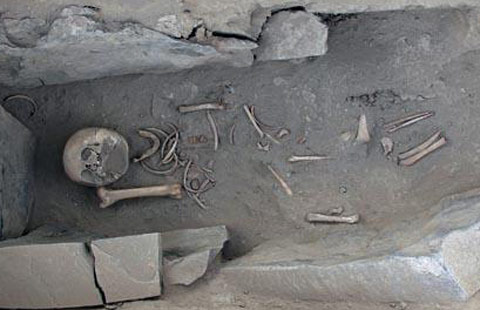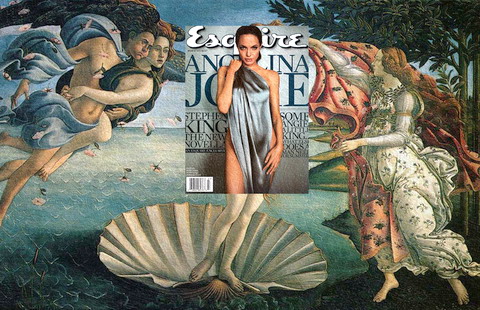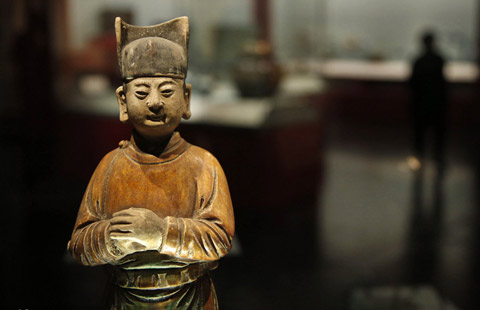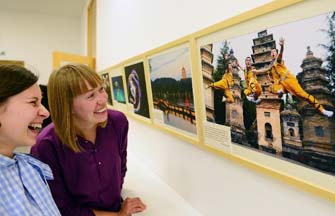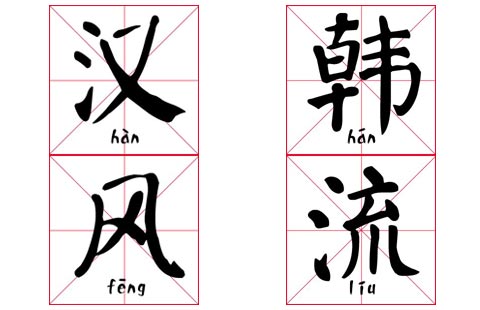Singer Dadawa gives voice to sound
By Chen Nan ( China Daily ) Updated: 2014-09-22 07:07:42
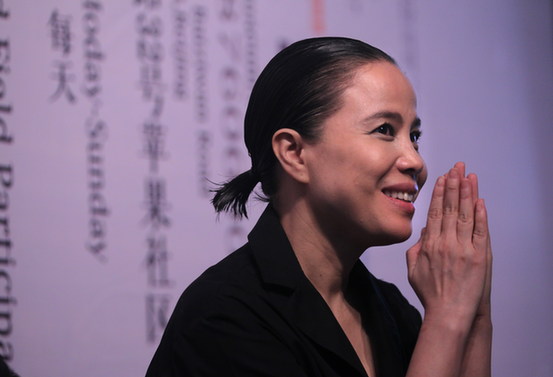 |
|
Chinese singer Zhu Zheqin hopes to bring out the "architecture of sound" in an exhibition in Beijing.[Photo by Zou Hong/China Daily] |
Chinese singer Zhu Zheqin, better known as Dadawa, continues to push boundaries in the art world, this time with a new exhibition titled Sense of Hearing: Dadawa's Participative Sound Field.
 |
The exhibition, held at Today Art Museum in Beijing from Sept 15 to 22, marks Dadawa's entry into contemporary art.
Dadawa combines sound sensors, lighting effects, large water pools and the voices of 70 volunteers to reflect the change of sounds visually.
"What attracts me most about this exhibition is that I am not a singer standing on a stage facing the audience. This time, like everyone else, I am a listener," says Dadawa. "I hope people can feel the power of sound."
To bring out the "architecture of sound", she mixes deep khoomei, an ancient Mongolian throat-singing technique, with the sounds of water flowing and dripping. Other noises include cries from a baby, a person snoring, cicadas chirping and machinery thumping. Visitors are also encouraged to produce their own sounds.
Dadawa, who's from Guangzhou, Guangdong province, became a singer in 1990 after taking the top spot on a TV talent show. Instead of focusing on her pop career, she traveled around the country seeking inspiration for her music and took a special interest in music by ethnic groups.
Working with He Xuntian, a famous composer and producer, she gained international recognition through her album Sister Drum. Released in 1995 and inspired by Tibetan folk music, the album sold over 3 million copies in 56 countries. In 2006, Dadawa was nominated for a BBC World Music Award for her album Seven Days.
In 2009, she was named as a National Goodwill Ambassador by the United Nations Development Program for a two-year goodwill action project. The project, titled Show The World, was aimed at preserving ethnic music and local handicrafts.
|
|
|
|
|
|
|
|
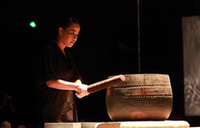
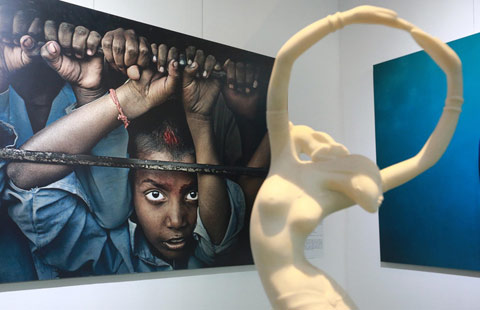






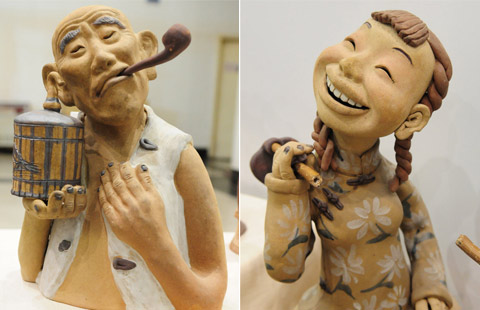


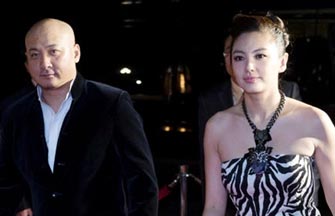
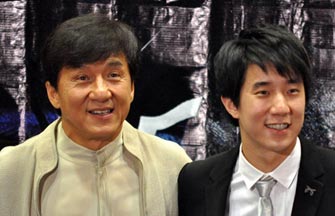
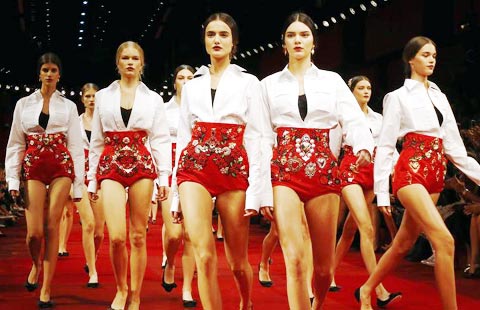
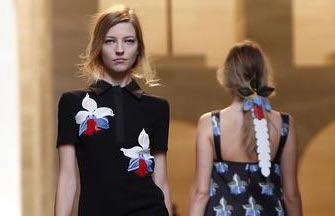






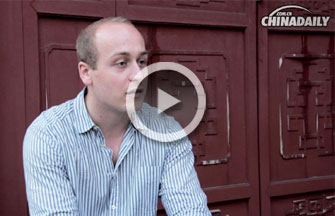

 Raymond Zhou:
Raymond Zhou: Pauline D Loh:
Pauline D Loh: Hot Pot
Hot Pot Eco China
Eco China China Dream
China Dream China Face
China Face
